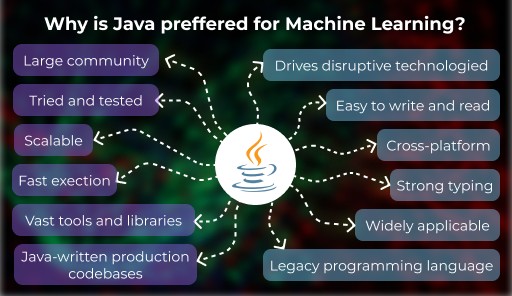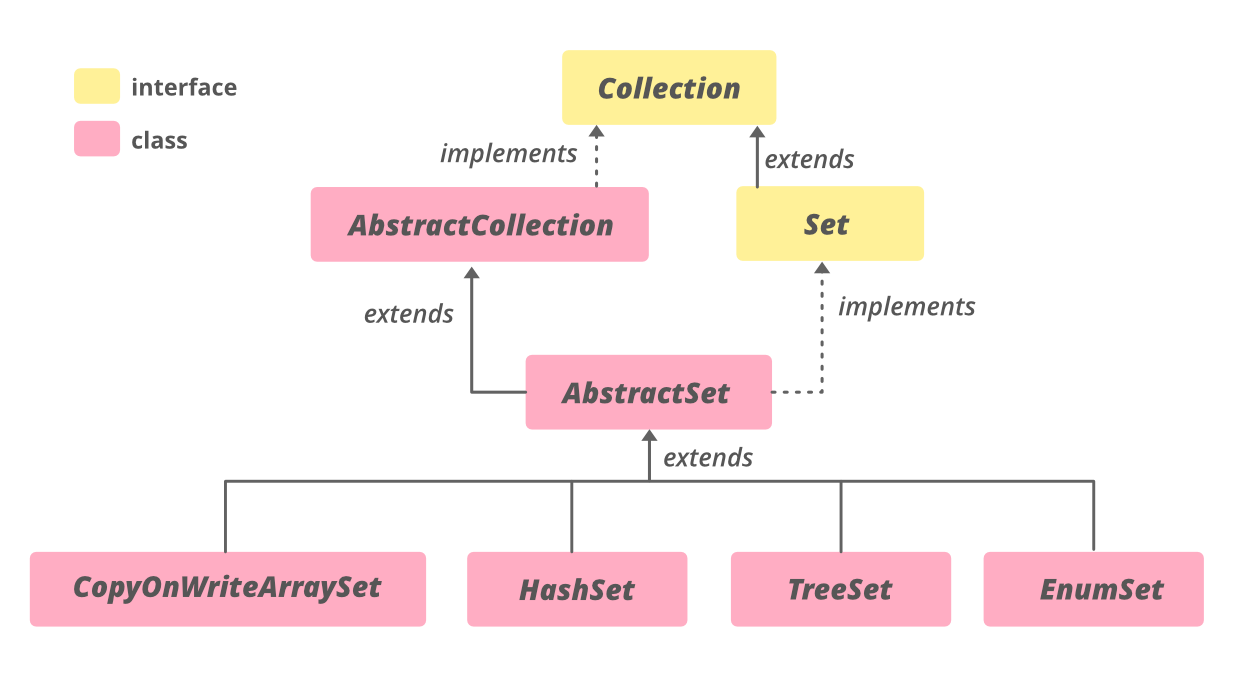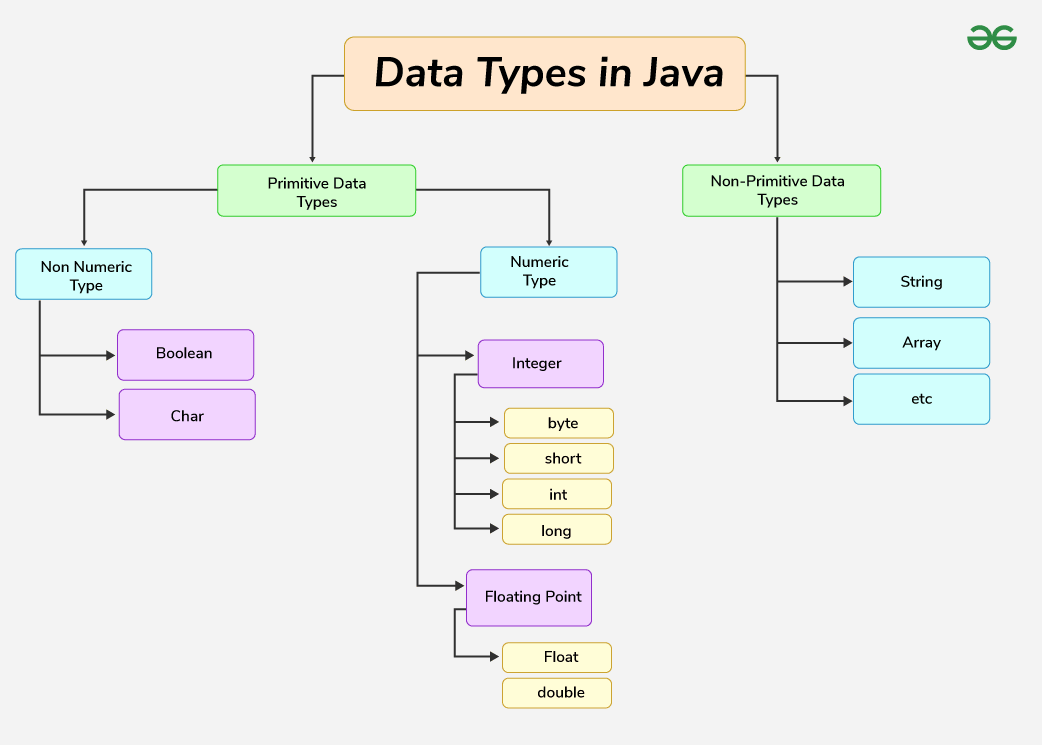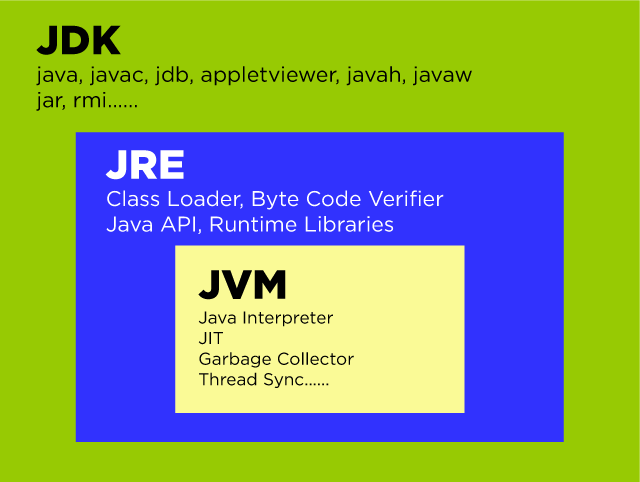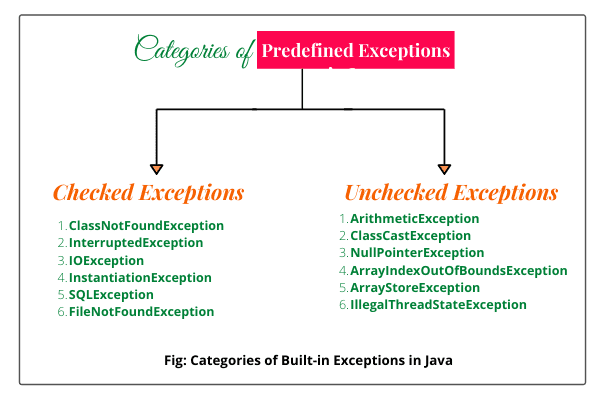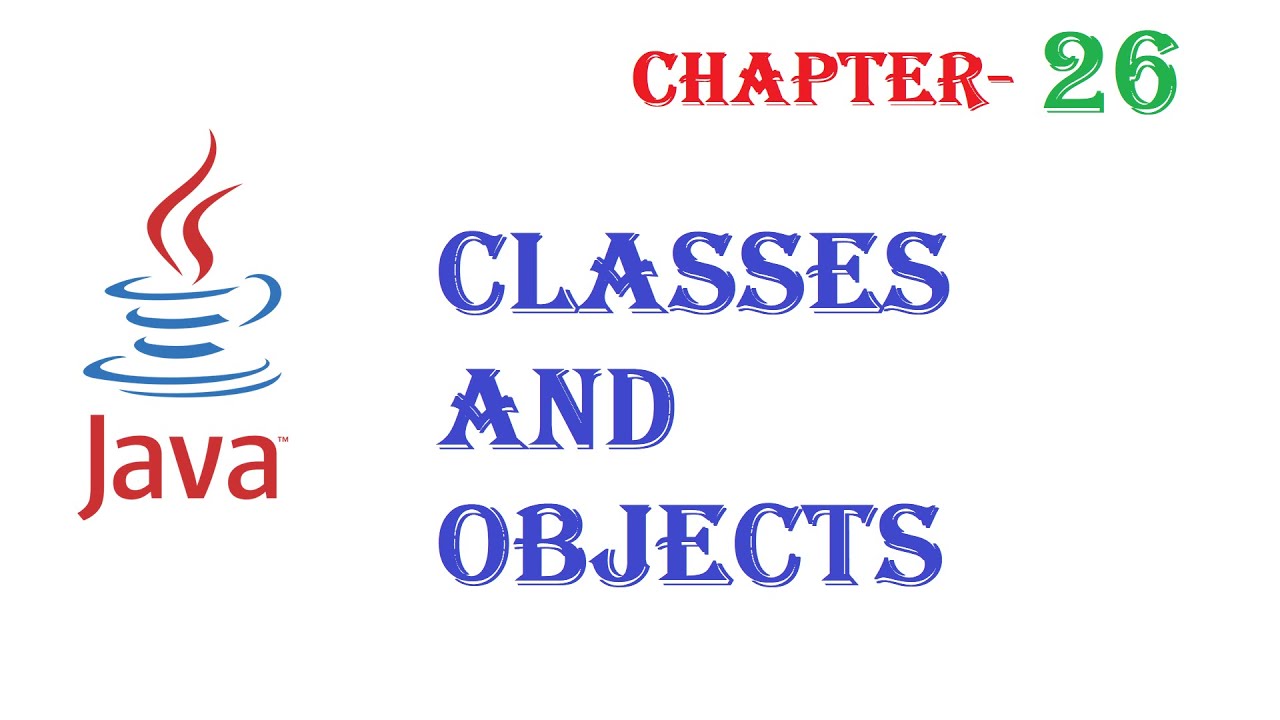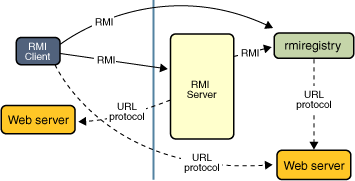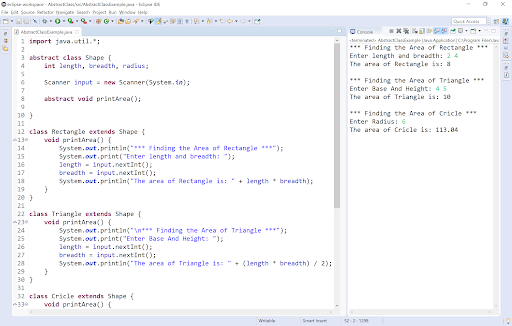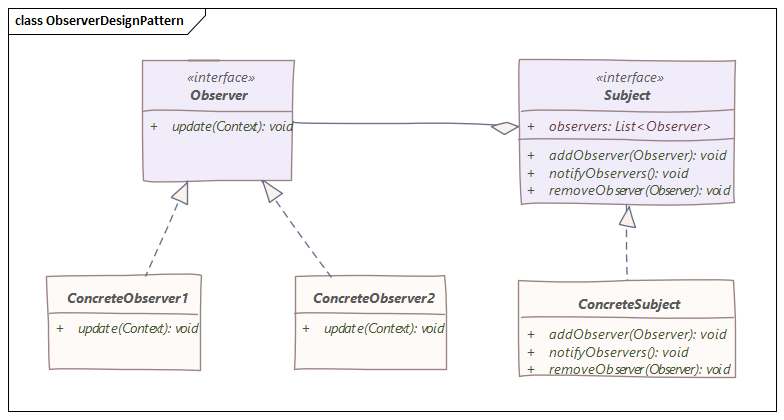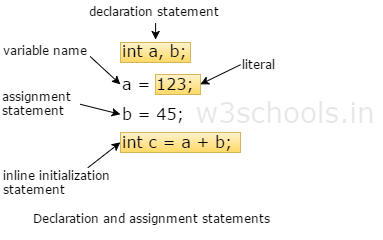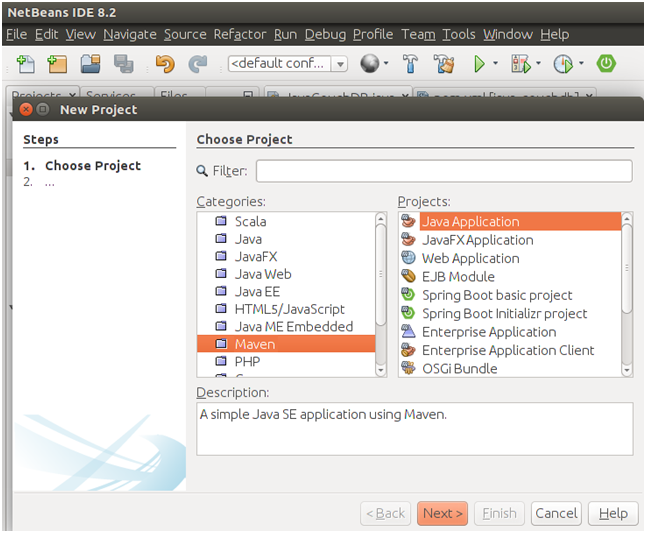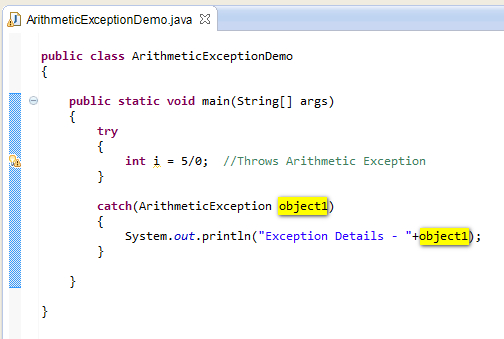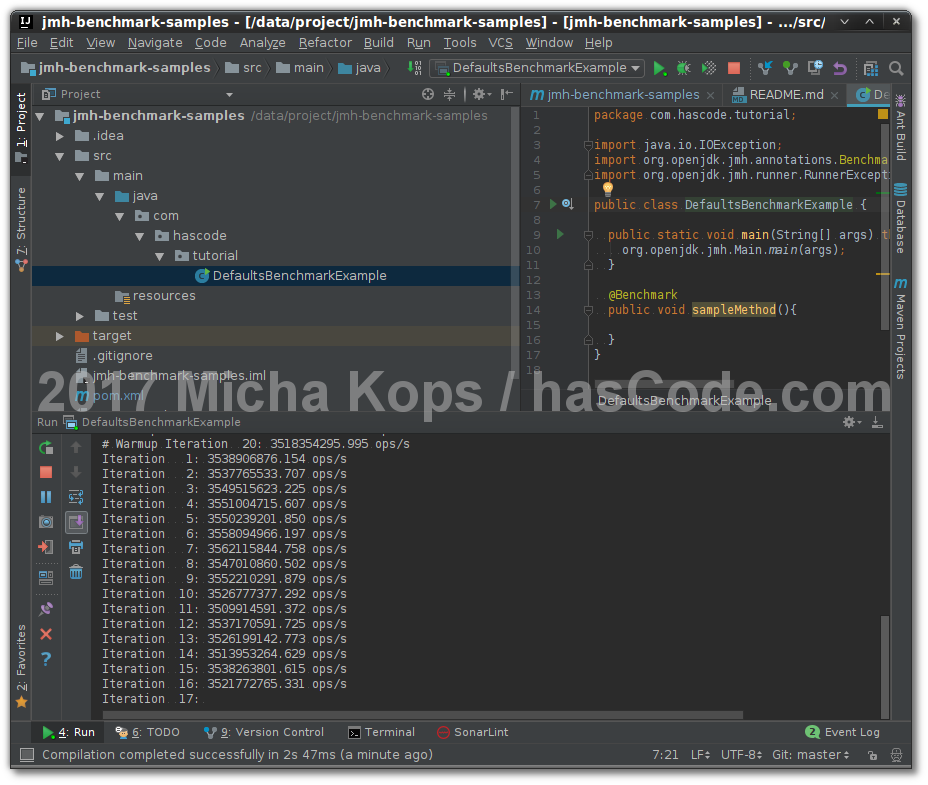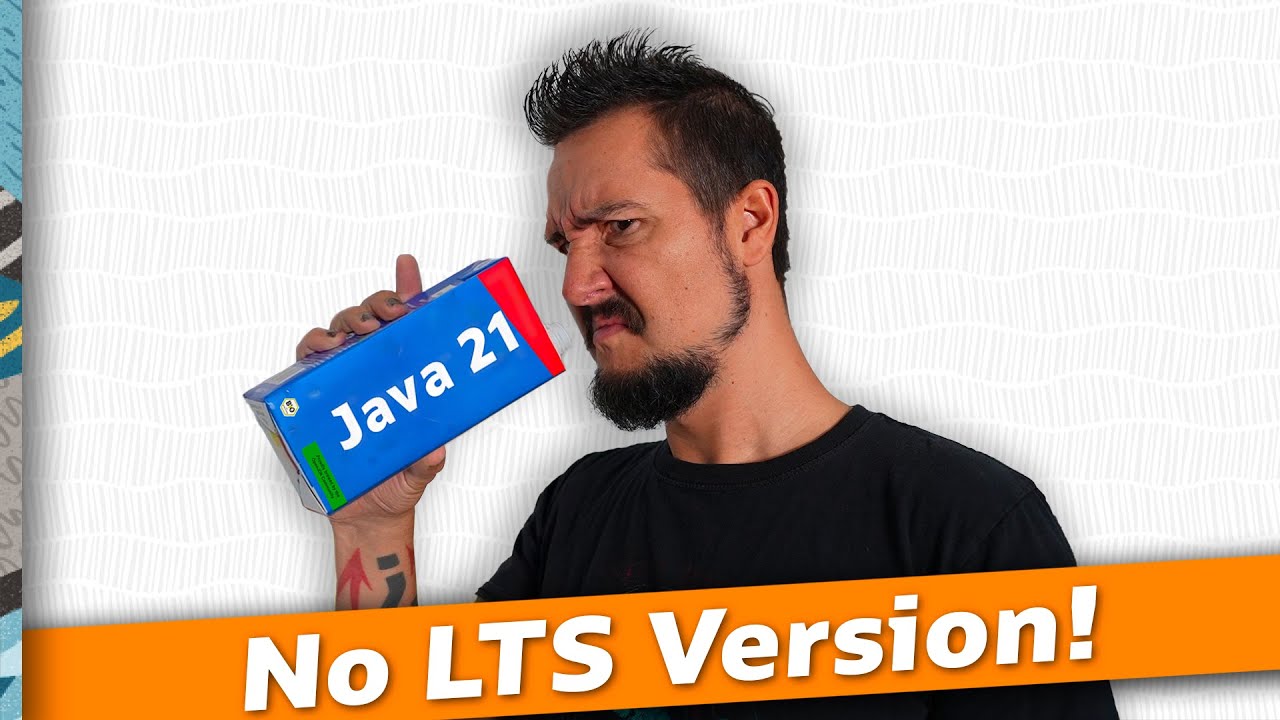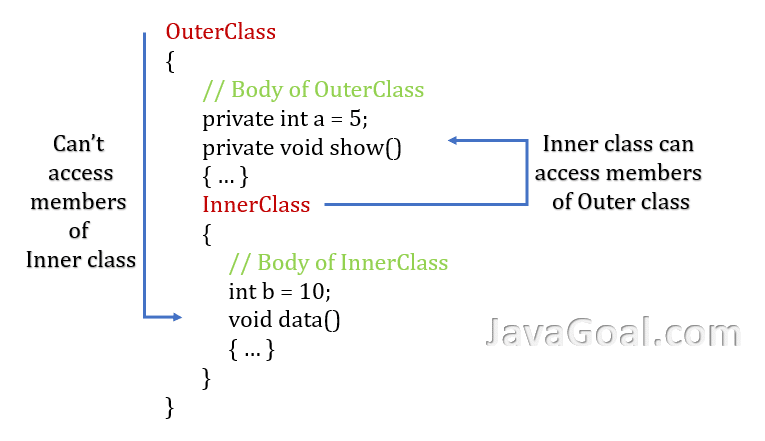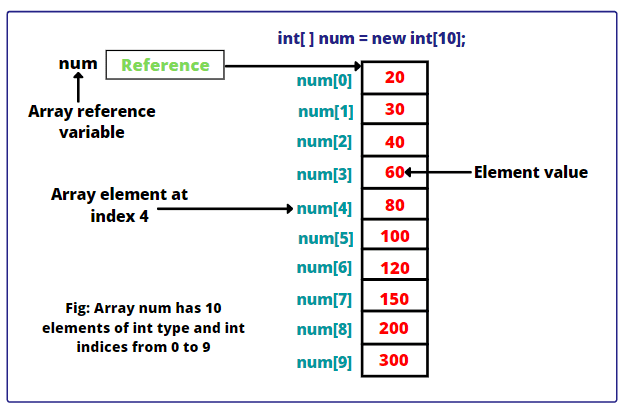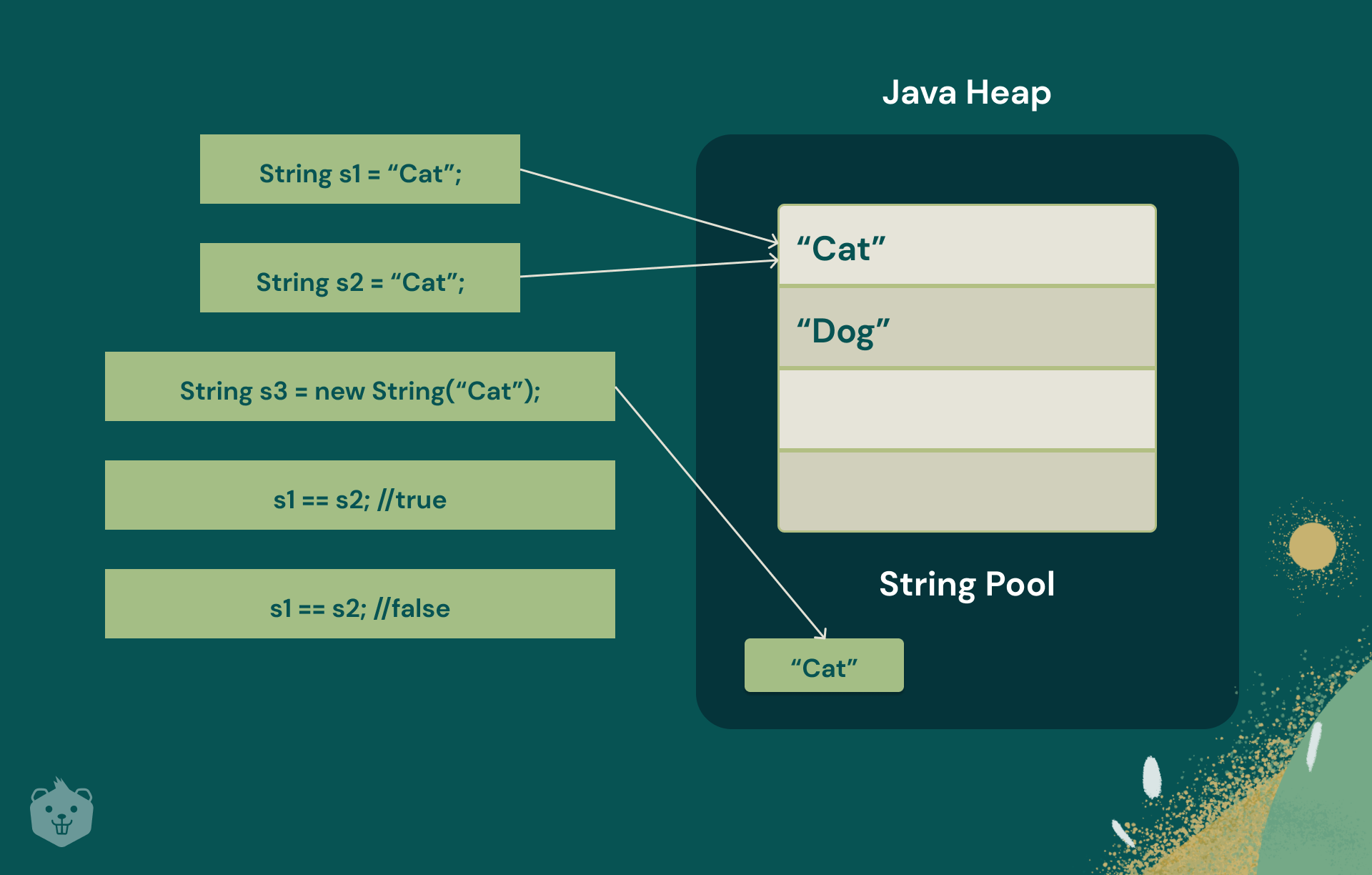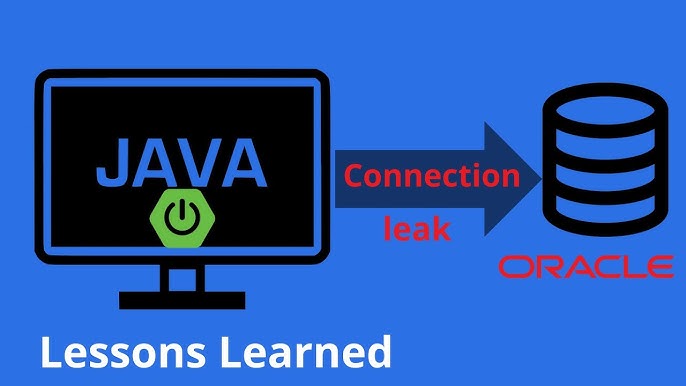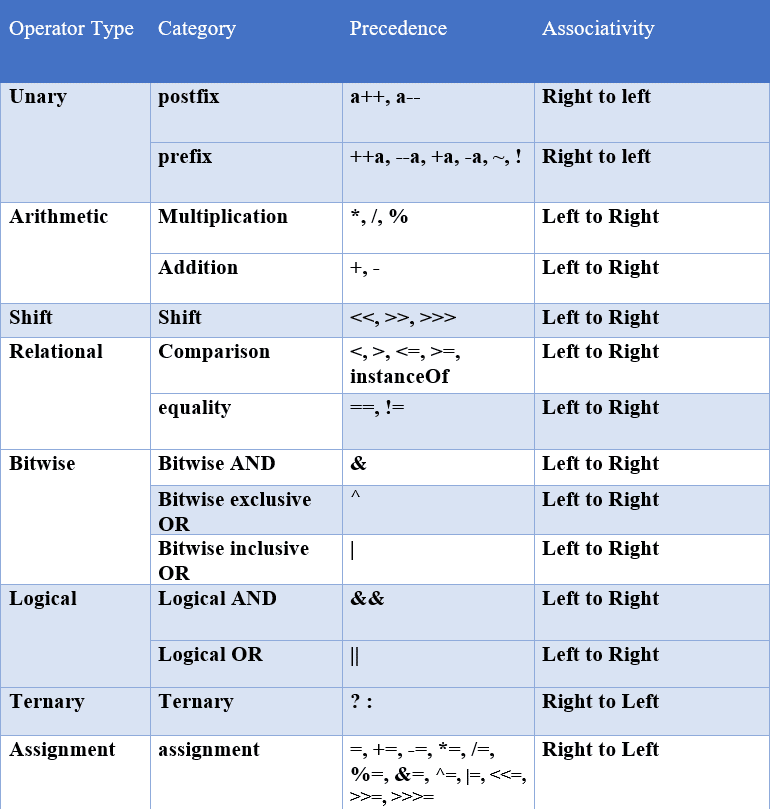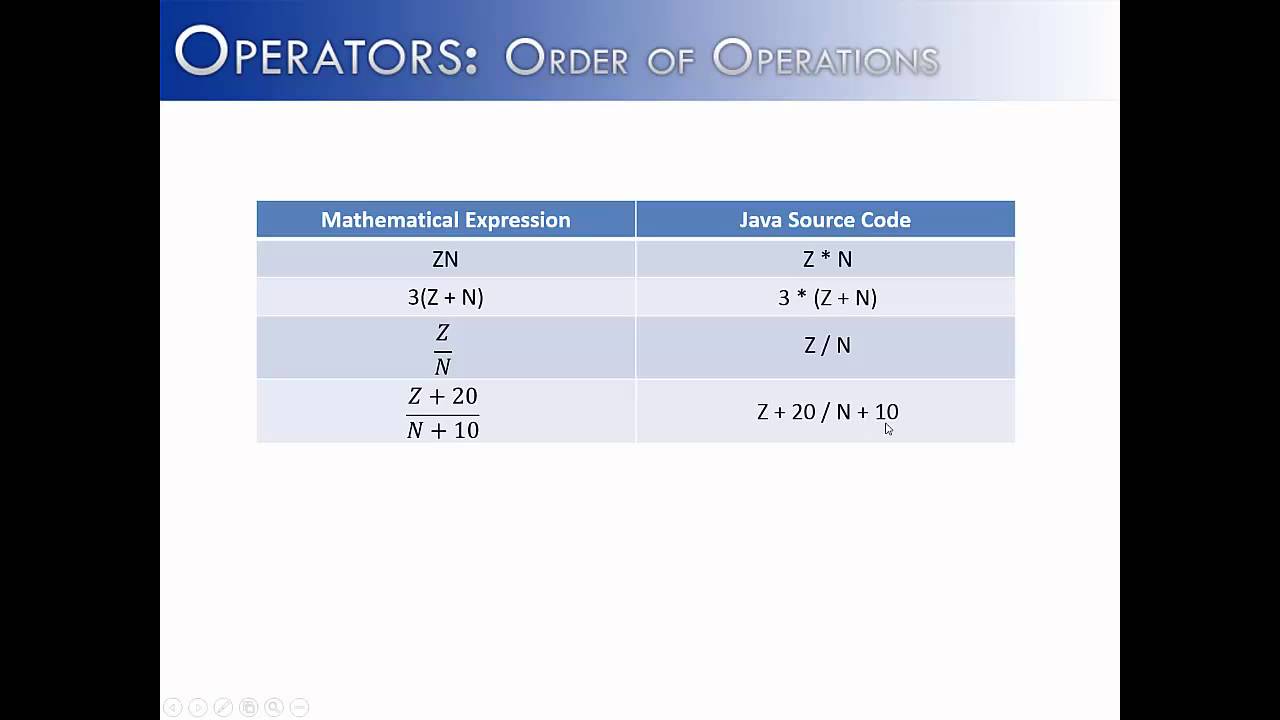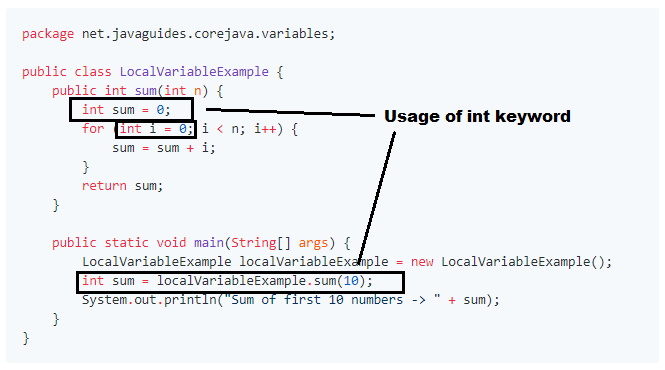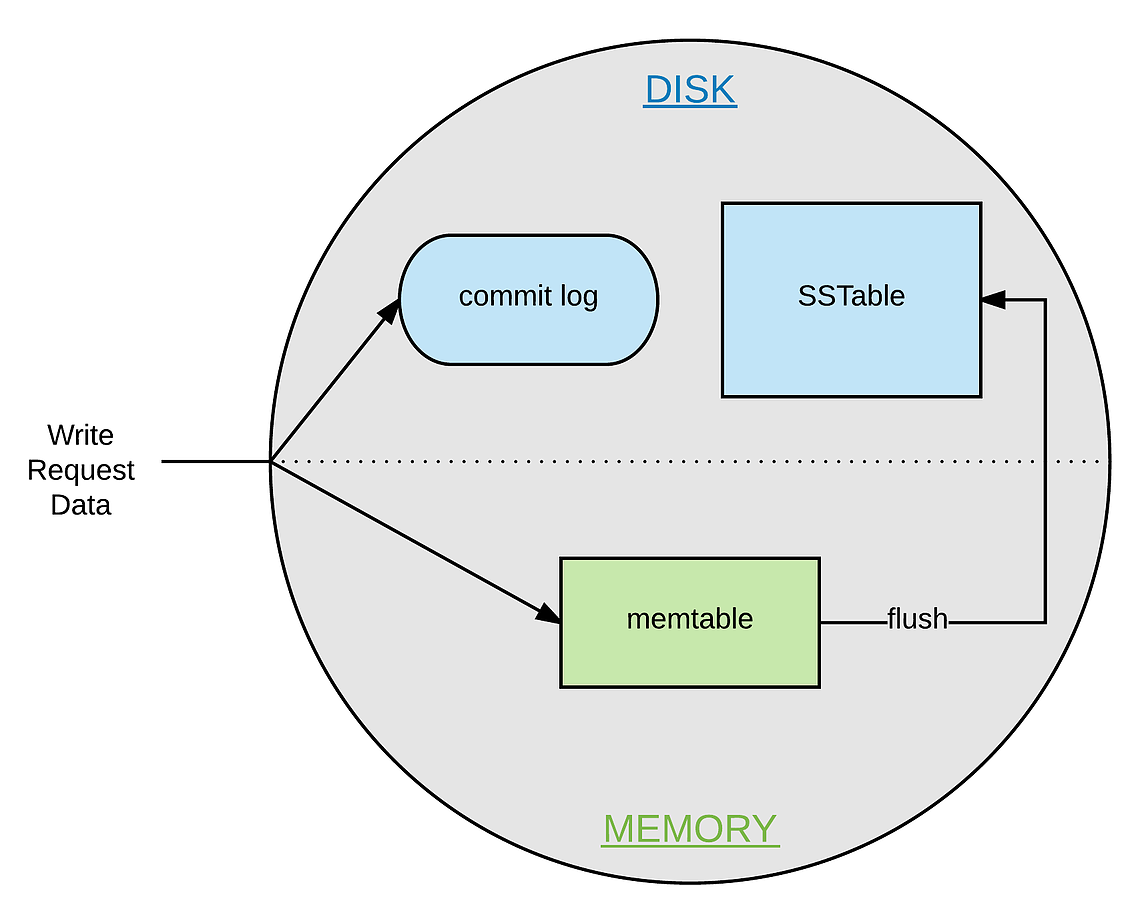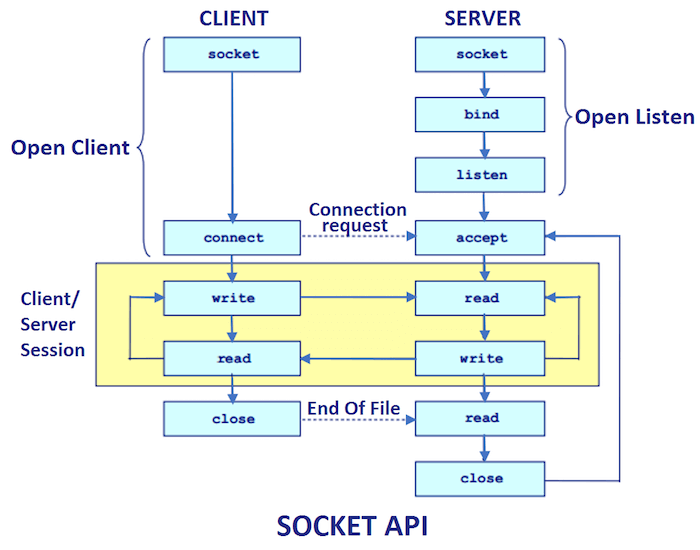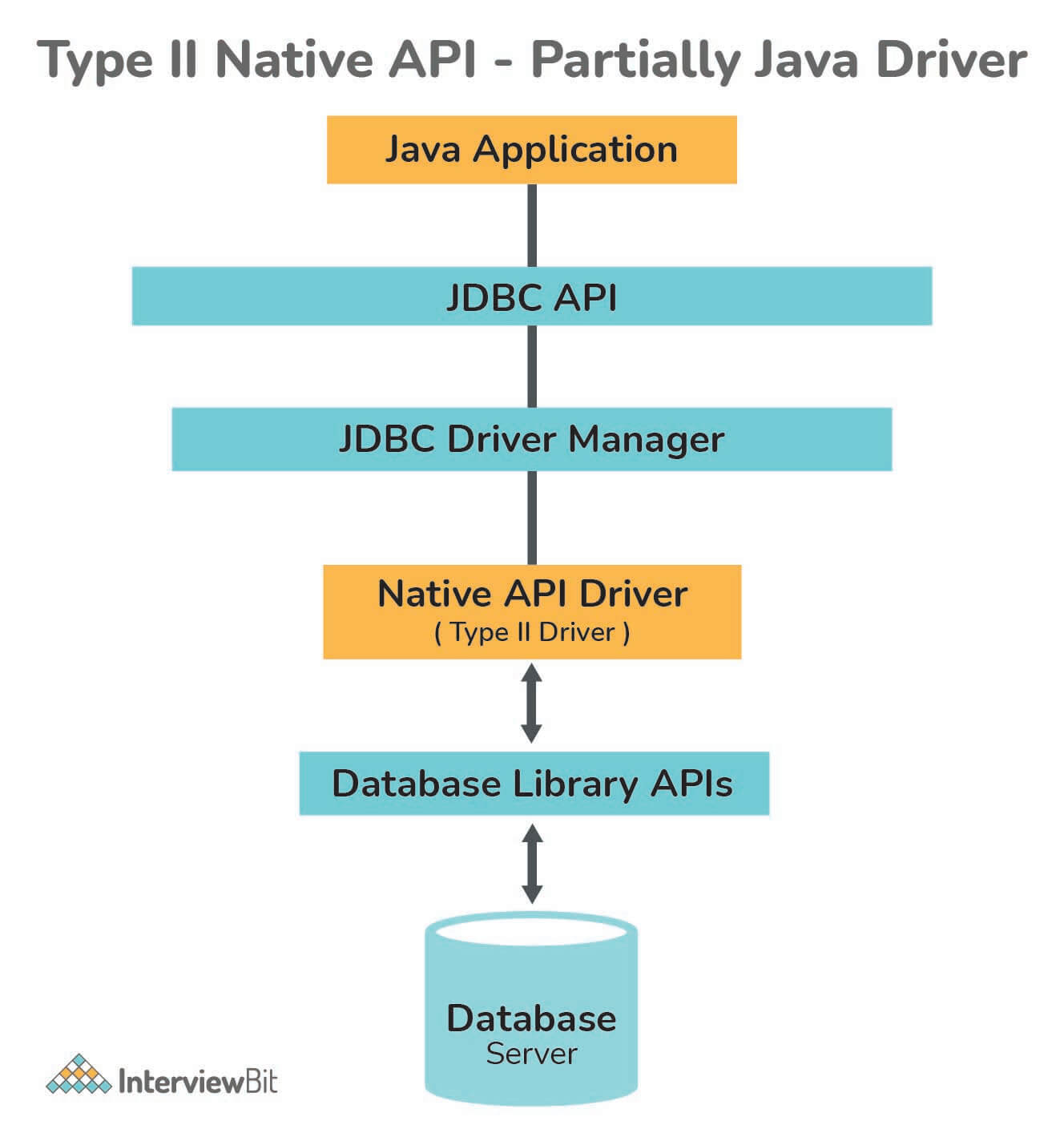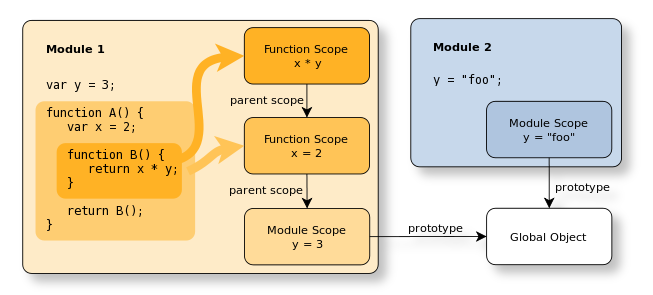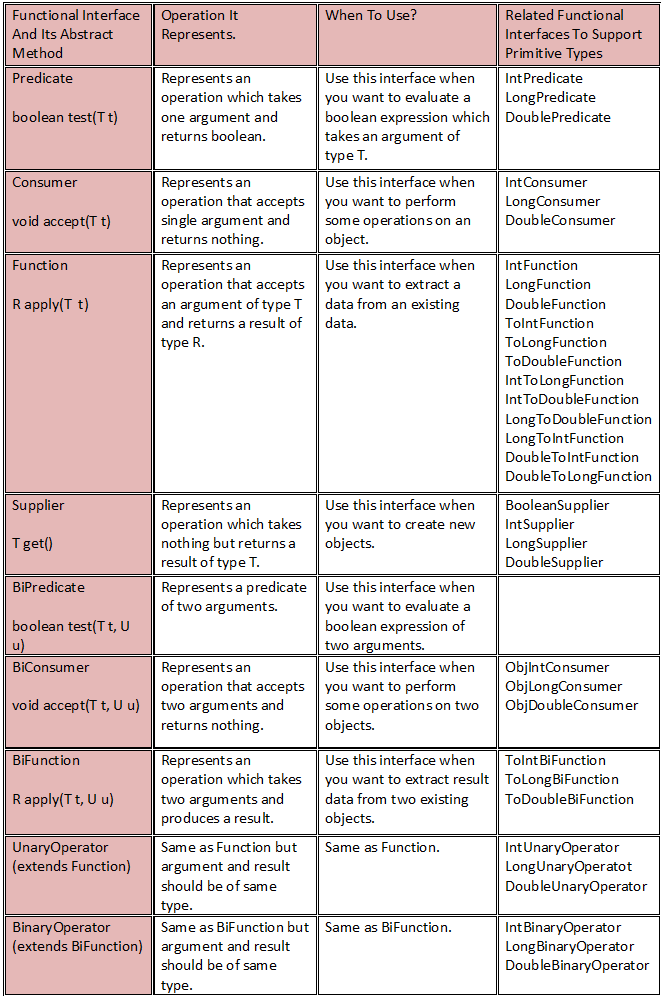Is Java Spring a backend framework?
Is Java Spring a backend framework?
I'd be happy to help!
Java Spring is indeed a popular backend web framework for building scalable and robust enterprise-level applications. It's an essential part of the Spring ecosystem, which provides a comprehensive set of tools and libraries for developing complex software systems.
In a nutshell, Java Spring (or simply Spring) is an open-source framework that enables developers to build web applications using the Model-View-Controller (MVC) pattern. This architecture allows for separation of concerns between the presentation layer (view), business logic (controller), and data storage (model).
Here are some key features that make Java Spring a go-to choice for many backend developers:
Dependency Injection: Spring's core feature is its dependency injection mechanism, which simplifies object creation by eliminating explicit construction and configuration of beans. IoC Container: The Inversion of Control (IoC) container manages the lifecycle of objects, providing a centralized way to configure and wire together application components. MVC Pattern: Spring's MVC framework enables developers to build robust web applications using the Model-View-Controller pattern, making it easier to separate concerns and maintain code quality. Data Access: Spring provides various data access technologies, such as JDBC and Hibernate, for interacting with databases, making it easy to store and retrieve data. Security: Spring's security features include support for authentication, authorization, and encryption, ensuring secure communication between clients and servers.When building a backend application using Java Spring, you'll typically follow these steps:
Set up the project structure and dependencies Define your models (domain objects) and repositories (data access layers) Implement controllers (business logic) to handle requests and responses Configure the IoC container for dependency injection and component management Use Spring's MVC framework to map URLs to controller methods Integrate data access technologies for storing and retrieving data Implement security features to protect your applicationSome of the benefits of using Java Spring include:
Scalability: Spring is designed to handle large-scale applications, making it an excellent choice for complex projects. Flexibility: You can use Spring with various programming languages (Java, Scala, Groovy), frameworks (Struts, Hibernate), and databases (relational, NoSQL). Community Support: Spring has an enormous user base and a thriving community of developers who contribute to its development, providing extensive resources and support.In summary, Java Spring is indeed a powerful backend framework for building scalable, robust, and maintainable web applications. Its flexibility, scalability, and extensive community support make it a popular choice among developers.
Is Java Spring frontend or backend?
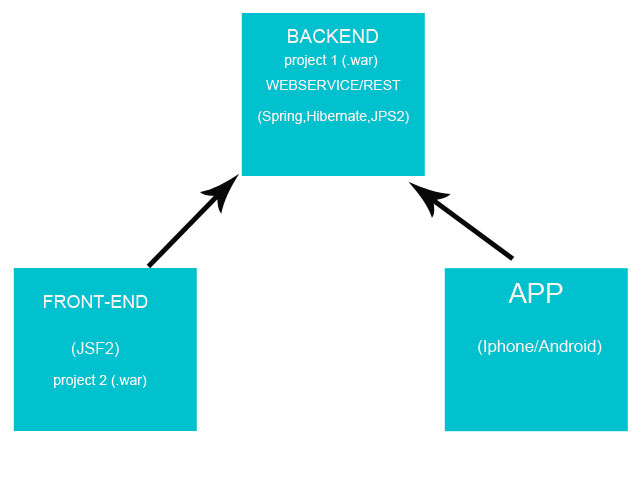
Java is a programming language that can be used for both front-end and back-end development.
In the context of web development, front-end refers to the client-side of an application, which is responsible for handling user interactions with a website or mobile app. The front-end is typically built using HTML, CSS, JavaScript (including frameworks like React, Angular, and Vue.js), and other client-side technologies. In this sense, Java is not typically used as a primary language for front-end development.
On the other hand, back-end refers to the server-side of an application, which handles requests from clients, performs tasks such as data processing, storage, and retrieval, and returns results to the clients. The back-end is typically built using server-side programming languages like Java (including Spring), Python, Ruby, PHP, and .NET.
Java, particularly with the Spring framework, is a popular choice for building robust and scalable back-ends. Spring is an open-source application framework that provides a comprehensive infrastructure for developing enterprise-level applications. It offers various modules and tools to help developers build, test, and deploy their applications efficiently.
Spring Boot, which is built on top of Spring, simplifies the process of setting up new Spring-based projects by providing opinionated defaults, auto-configuration, and embedded servers. This allows developers to quickly set up a new project and start building their application without having to configure everything manually.
When used for back-end development, Java with Spring can be utilized for various purposes such as:
Building RESTful APIs: Spring provides excellent support for building RESTful APIs that enable data exchange between clients and servers. Creating web applications: Spring can be used to build robust and scalable web applications using its MVC (Model-View-Controller) framework. Handling database operations: Spring offers various modules for interacting with databases, such as Hibernate, which simplifies the process of mapping objects to relational databases. Implementing business logic: Spring allows developers to focus on implementing business logic within their application, while providing a robust infrastructure for handling requests and responses.In summary, Java is not typically used for front-end development, but it can be an excellent choice for building robust and scalable back-ends using the Spring framework.
